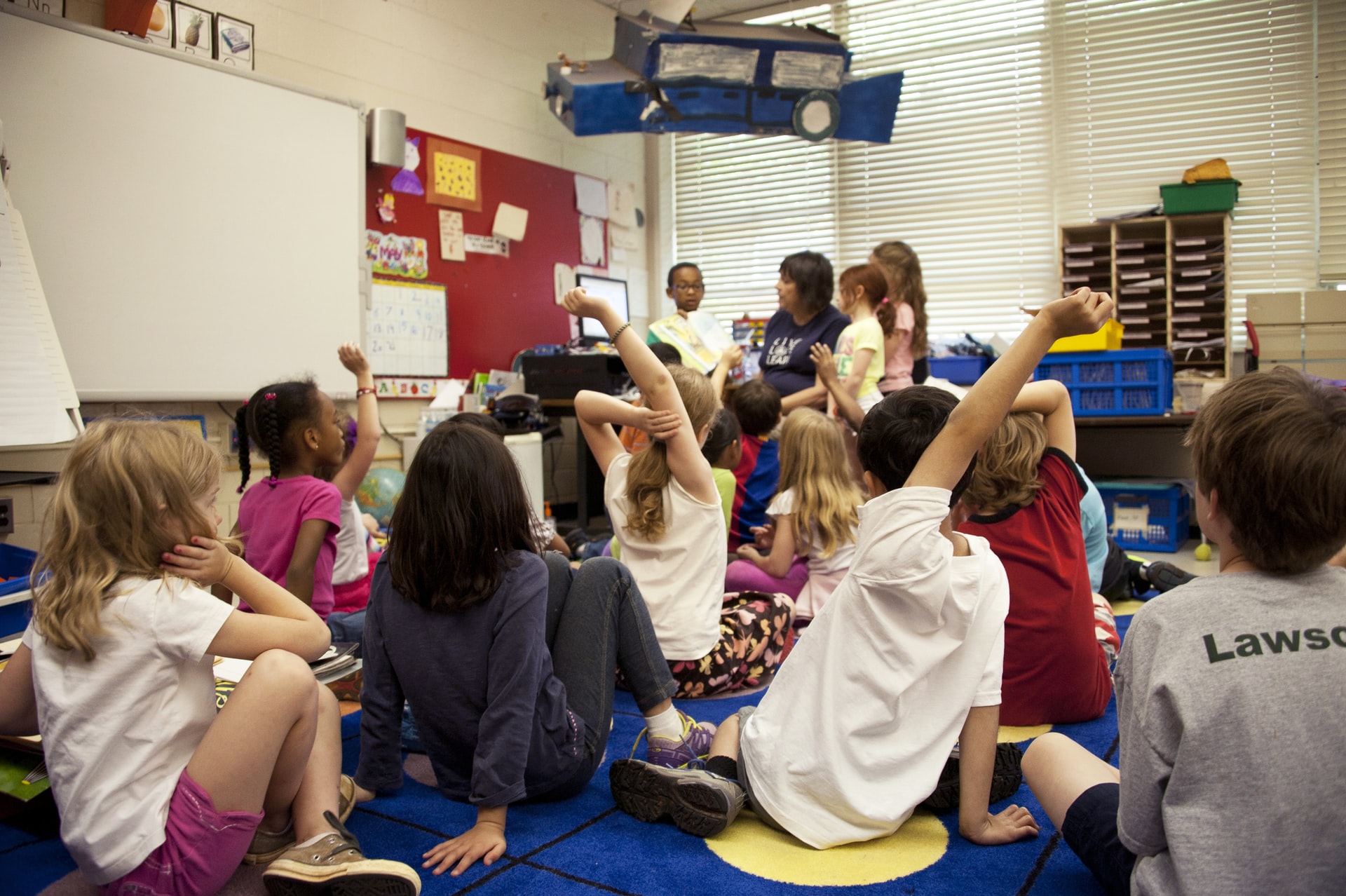
We are a reader-supported education publication. When you buy through links on our site, we may earn an affiliate commission to help us keep providing content.
As a parent, you can do a lot to ease your child’s transition back to school. It doesn’t matter if it’s their first time riding the big yellow bus or off to college — your love and support still go a long way.
What can you do to ensure a positive launch for your little (or not-so-little) one? Here are eight back-to-school tips for parents.
1. Wait to Shop
It’s tempting to rush out to take advantage of every back-to-school sale. While you can find some fabulous bargains, you may spend more than necessary on items you don’t need.
However, you don’t have to miss out on all the pregame fun. It’s fine to stock up on standard clothing items like socks, underwear and t-shirts that your little one will need every day. However, don’t go over the top buying every seasonal fad. Your child’s tastes will change — every school year brings a new trend — so save a little in the kitty to add to their collection later.
You’re better off waiting until your child’s teachers send home their syllabi and wish lists when it comes to supplies. While you can again pick up staples like pencils and hand sanitizer, you should hold off on binders and glue sticks. Different schools have varying rules for what they allow and don’t, and although they may not prohibit a looseleaf notebook instead of a 3-ring binder, it won’t be as conducive to your child’s learning.
2. Do a Dress Rehearsal
This tip primarily applies to the littlest learners, but it can also come in handy if you have teens navigating the student lot for the first time. Run a dress rehearsal that includes everything you’ll need to do each morning, from showering and dressing to walking or driving your route. You’ll be able to estimate the time necessary for each step to avoid running late.
Your dress rehearsal can also help prepare children with separation anxiety for independent learning. If possible, take another responsible adult who can keep an eye on your child, preferably an aide or someone who can distract them with educational learning fun while you leave for a few minutes more each time.
3. Talk to Your Child’s Teacher
Nearly every school hosts a back-to-school or meet-the-teacher night at the beginning of the year. Please try to attend if you can. However, if your schedule conflicts, email or call your child’s teacher to set up an alternative time to stop by and discuss your little one’s unique learning needs and get an idea of the teacher’s style.
When you meet, discuss your child’s technological ability and household resources. For example, many households no longer have printers. Can your child bring a flash drive with their assignments and print them in class?
4. Learn the Preferred Communication Methods
You might need to reach your child’s teacher during the day and vice-versa. Ensure you discuss your preferred communication methods if your little one’s instructor doesn’t specify a place for you to provide this information. For example, you may need them to communicate via text if you work in a role that requires you to keep your phone in your locker during the workday.
Furthermore, discover the chain of command at your child’s school. While you don’t want to think of your child having a problem with their teacher, who would you speak with if you did feel your child was receiving disparate treatment?
5. Take Care of Needed Vaccinations
Many schools require your child to provide proof of vaccination or a religious exemption to attend. Each state sets different requirements — check with your institution’s office or registrar to determine what you need to include.
Will your child need a COVID-19 vaccine to attend? So far, California has the only statewide requirement, with some districts in other areas setting stricter standards. However, college students who play sports may need to provide vaccination proof per NCAA requirements.
6. Make Transportation Arrangements
Your youngest learners can experience considerable anxiety if the parent pickup line mix-ups mix-ups. Even older children face dangers if you and your co-parent fail to communicate, leaving them sitting alone and stranded.
If your children ride the bus, ensure your little ones know how to locate the right yellow vehicle and communicate with the driver. Many schools allow parents to accompany their little ones — consider doing so for the first few days if your little one shows signs of fear.
7. Keep Your Child Well-Fed
Your child needs healthy nutrition to develop and function at their best academically. However, changes to school meal rules mean you can’t rely on their learning institution to provide them with nourishment.
Ensure you pack a healthy breakfast and lunch — you can control the ingredients when you meal prep. Stock your fridge with kid-friendly favorites so that older children can grab and go something more nourishing than chips or crackers.
8. Help With Sensible Sleep
It’s admittedly easier to set your child’s bedtime when they remain little. Your biggest concern might be reading under the covers by flashlight after lights out.
However, you can do quite a bit to encourage suitable sleep in older kids. For example, many teenagers stay up later and rise later as their melatonin levels adjust. Is it possible to let teens sleep in till the last minute before the bus arrives?
College students who share dorm space have to contend with roommates burning the midnight oil. Your younger kiddos might likewise have to share space if you have more people than available bedrooms. A bed tent helps preserve privacy and shut out excessive light in such situations, while noise-canceling headphones and earbuds make sleep possible in noisy environments.
Back to School Tips for Parents
It doesn’t matter if your children are young or old. You can do much as a parent to send them to school prepared to learn.
Embrace the above eight back-to-school tips for parents. You’ll ensure your child a successful start to their semester at any age.









